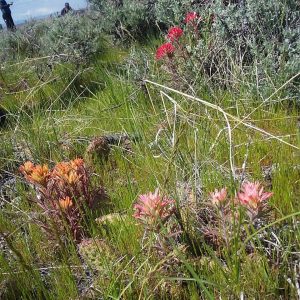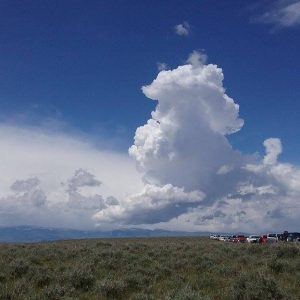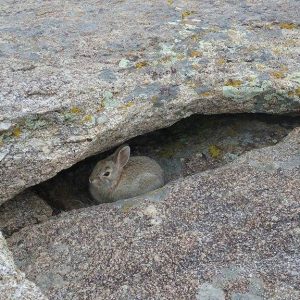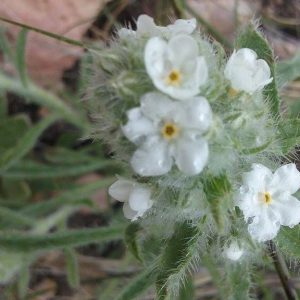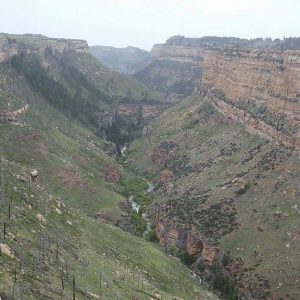Reflecting on the past 8 months, all I can say is it’s been an adventure. I came into this internship expecting a simple job, a few new skills, and a relatively easy summer wandering around the prairie. I definitely got more than I bargained for… but in all good ways.
We successfully completed a “pilot” AIM program for our field office, participated in and contributed to a variety of projects, saw new country, tried new things, learned something new every day, and despite all of the challenges a field internship can bring, stayed remarkably sane. The skills and experiences I gained through this internship are truly invaluable. I’m grateful to have been in such an awesome field office learning to manage land that means so much to me! Thanks CLM Internship Program, it’s been a blast.
To conclude my internship, here’s a few pictures of things we’ve been able to do in the past month:

A view of the Bighorn Mountains from one of our final AIM monitoring sites.

The view from Middle Fork Powder River Campground, where we spent some time doing maintenance.

30+ pounds of nails we pulled out of a litter site in Northeast Wyoming. There was never a shortage of litter to clean up!

A sagebrush seedling – we spent a couple days planting these babies in reclaimed road areas.

We stopped by the National Elk Refuge by Jackson, WY. No elk but plenty of Bighorn Sheep, including this adorable lamb!

We were able to attend the Wyoming chapter of the Wildlife Society’s annual conference in Jackson Wyoming. A beautiful place and a great way to celebrate an awesome internship.



















